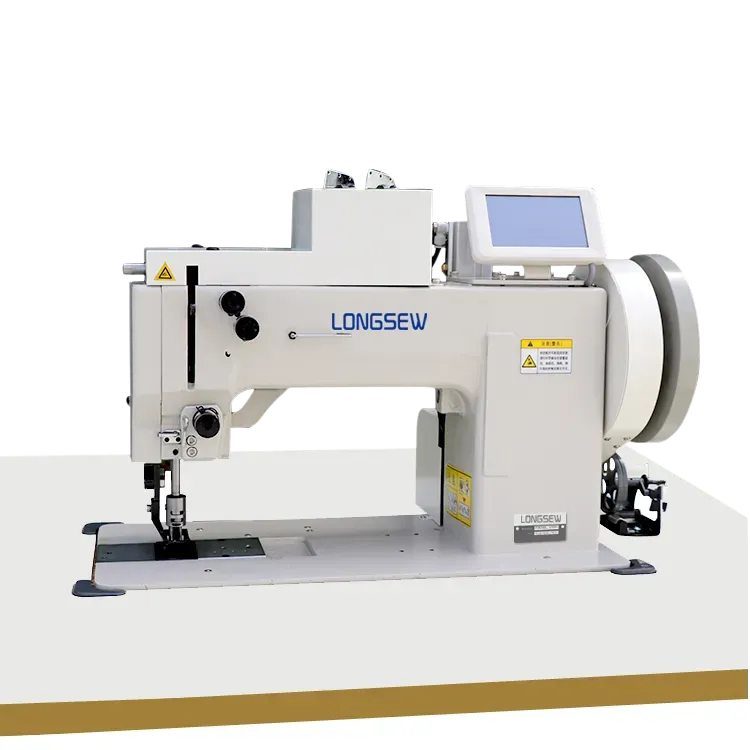Types of Sewing Needles for Various Stitching Techniques and Projects
Understanding Different Types of Stitching Needles
When it comes to sewing, the choice of needle can significantly impact the quality of your work. Various stitching needle types exist, each designed for specific fabrics and techniques. This article will provide an overview of the most common needle types, highlighting their unique characteristics and intended uses.
1. Universal Needles
Universal needles are a staple in any sewing kit. These needles feature a slight rounded tip that allows them to sew woven and knit fabrics effectively. They are versatile and can be used for a variety of sewing projects, making them a great choice for beginners. Whether you're working with cotton, polyester, or blend fabrics, a size 70/10 to 90/14 universal needle will often get the job done.
2. Ballpoint Needles
Specifically designed for sewing knit fabrics, ballpoint needles have a rounded tip that gently pushes the fibers apart instead of piercing them. This design prevents snags and runs, which are common issues when using a sharp needle on elastic materials. For those who frequently sew jersey, spandex, or other stretch fabrics, incorporating ballpoint needles into your toolkit is essential.
stitching needle types

Quilting needles are designed for piecing together layers of fabric, which is crucial in quilting projects. They feature a tapered tip that allows for easy penetration through several layers of fabric and batting without causing fabric distortion. Quilting needles come in various sizes, typically ranging from 75/11 to 100/16, depending on the thickness of the material being worked on.
4. Denim/Jeans Needles
When working with heavy fabrics like denim or canvas, a denim or jeans needle is a must. These needles have a thicker shaft and a very sharp, narrow point that can handle multiple layers of thick fabric without bending or breaking. They are ideal for sewing seams, topstitching, and hemming difficult materials. Using a size 90/14 or 100/16 denim needle will ensure your sewing projects remain strong and durable.
5. Specialty Needles
For more advanced sewing techniques, specialty needles are available. These include twin needles, which allow for parallel stitches, perfect for decorative hems or pintucks. There are also embroidery needles, which are designed with a larger eye to accommodate thicker embroidery threads. Additionally, you might encounter serger needles, which are made specifically for overlock machines, providing adequate handling of stretch fabrics.
Conclusion
The right needle can make a significant difference in your sewing experience, influencing both the ease of stitching and the final outcome. Understanding the various stitching needle types and their respective applications will equip you with the knowledge necessary to tackle diverse fabrics and techniques with confidence. Whether you are a novice or an experienced stitcher, investing in the appropriate needles will enhance your sewing projects, ensuring they are not only beautiful but also durable. Always remember to change your needle regularly; a fresh needle can transform your sewing experience, ensuring smooth and flawless stitching every time.
-
Boost Production Efficiency with a Pattern Sewing MachineNewsAug.29,2025
-
Industrial Excellence with the Best Heavy Duty Sewing MachineNewsAug.29,2025
-
Precision and Power with the Best Pattern Sewing MachineNewsAug.29,2025
-
Reliable Bulk Packaging Starts With the Right FIBC Sewing MachineNewsAug.29,2025
-
Advanced Packaging Solutions: Elevate Productivity with Jumbo Bag Sewing Machine and Industrial Stitching EquipmentNewsAug.29,2025
-
High-Performance Solutions for Bulk Packaging: FIBC Sewing Machine and MoreNewsAug.29,2025
-
Maximize Efficiency with an Industrial Cylinder Arm Sewing MachineNewsAug.28,2025


























